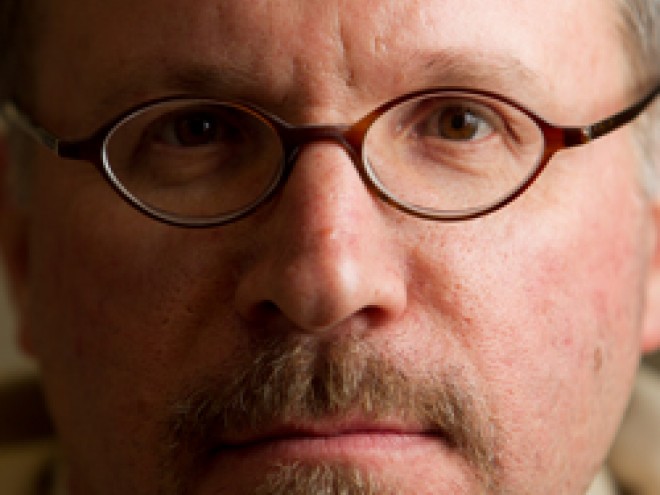By
– November 15, 2011
Ilan Stavans woke one morning from an unsettling dream. At a party a voluptuous young woman speaks to him in a language he doesn’t understand; it’s Hebrew, explains his long-dead great grandfather, also a guest at the party — this was, after all, a dream.
The dream and its aftermath left Stavans uneasy. Once fluent in Hebrew, Stavans, a writer and professor of Latin American and Latino Culture at Amherst College, had abandoned his use of the language. Multilingual and multinational, he now found himself seized with a desire to recover his lost Hebrew — to resurrect it and its significance in his life — and to learn all he could about the language’s resurrection.
In tracking down Eliezer Ben-Yehuda (1858 – 1922), who devoted his life to creating a modern, usable Hebrew as the heart of his ardent Zionism, Stavans launched a search that led him in many directions — the role of Hebrew in creating a national identity, the historic tensions between the Orthodox and the Zionists, the place of Yiddish in Jewish/Israeli literary culture, Diaspora versus Israeli Judaism, the history of postbiblical Hebrew. As Stavans examines these issues with a wide range of scholars, writers, linguists, and journalists, he learns as much about himself as about Ben-Yehuda. A complex personal journey laced with a loose biography of Ben-Yehuda and the creation of modern Hebrew, Resurrecting Hebrew raises probing questions about language in general and about Hebrew in particular in shaping national, religious, and personal identities. As with the other volumes in Schocken’s Jewish Encounters series, an index would have been helpful; the Acknowledgments serve as a useful bibliography. Chronology.
The dream and its aftermath left Stavans uneasy. Once fluent in Hebrew, Stavans, a writer and professor of Latin American and Latino Culture at Amherst College, had abandoned his use of the language. Multilingual and multinational, he now found himself seized with a desire to recover his lost Hebrew — to resurrect it and its significance in his life — and to learn all he could about the language’s resurrection.
In tracking down Eliezer Ben-Yehuda (1858 – 1922), who devoted his life to creating a modern, usable Hebrew as the heart of his ardent Zionism, Stavans launched a search that led him in many directions — the role of Hebrew in creating a national identity, the historic tensions between the Orthodox and the Zionists, the place of Yiddish in Jewish/Israeli literary culture, Diaspora versus Israeli Judaism, the history of postbiblical Hebrew. As Stavans examines these issues with a wide range of scholars, writers, linguists, and journalists, he learns as much about himself as about Ben-Yehuda. A complex personal journey laced with a loose biography of Ben-Yehuda and the creation of modern Hebrew, Resurrecting Hebrew raises probing questions about language in general and about Hebrew in particular in shaping national, religious, and personal identities. As with the other volumes in Schocken’s Jewish Encounters series, an index would have been helpful; the Acknowledgments serve as a useful bibliography. Chronology.
Maron L. Waxman, retired editorial director, special projects, at the American Museum of Natural History, was also an editorial director at HarperCollins and Book-of-the-Month Club.





